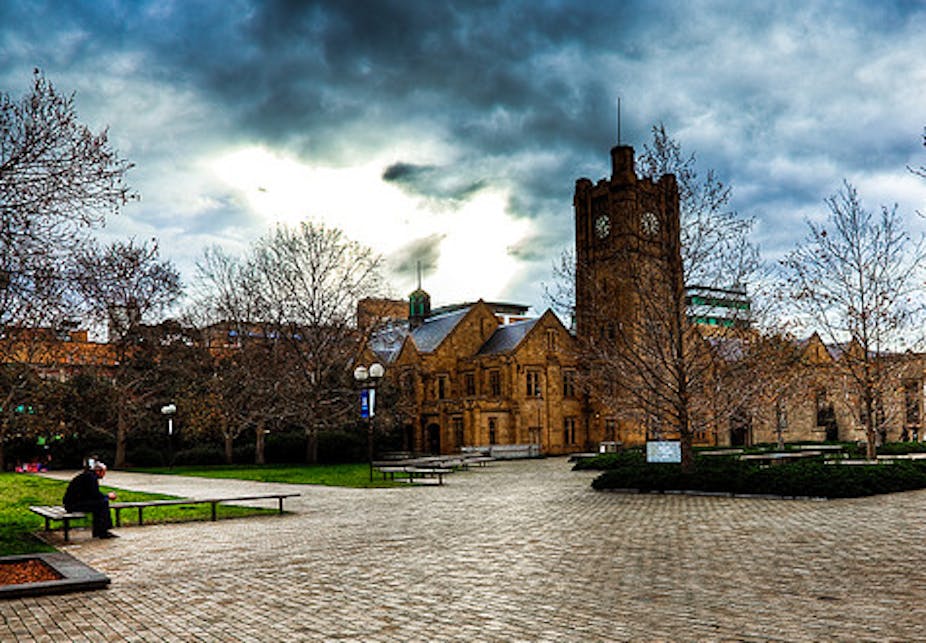This week’s statement by Group of Eight universities on the potential consequence of lifting the cap on places at university allowing more “low performing” students to enter courses reads like a cautionary tale.
The organisation’s Executive Director, Mike Gallagher, told The Conversation yesterday that universities should be wary of letting “all the horses run down the hill without knowing where they might end up.”
This analogy is telling; it dwells on the negative, but fails to capture the excitement and possibility inherent in the same image.
The case for change
Opening up an exclusive, conservative system could help foster an economy based on knowledge and innovation. Presuming that only students with an ATAR of 70 can participate in making this future is failing to capitalise on the full pool of talent that Australia holds.
We should widen participation in higher education and address equity issues that have long helped maintain an unfair system. As the 2008 Bradley Review noted, the nation will need more well-qualified people if it is to anticipate and meet the demands of a rapidly moving global economy.
Meanwhile, Access Economics predicts that from 2010 the supply of people with undergraduate qualifications will not keep up with demand.
As the Bradley Review so clearly stated:
“To increase the numbers participating we must also look to members of groups currently under-represented within the system, that is, those disadvantaged by the circumstances of their birth: Indigenous people, people with low socio-economic status, and those from regional and remote areas.”
Lucky 70s
The Group of Eight seems to use 70 as a magic cut-off figure to delineate those who will do well at university and those who are at greater risk of failure.
But a report prepared specifically for the Group of Eight last year revealed the ATAR has been shown to be a poor predictor of academic success in the so-called “middle-band”.
Let’s not blame the students as a convenient way of absolving ourselves from attending to issues that need to be addressed in our universities. We need to improve the aspirations for, access to and success of non-traditional university students.
Knowns and unknowns
Simon Marginson, who also spoke to The Conversation yesterday, is quite right when he says we don’t know whether enrolling these students will cause angst for lecturers and administrators.
So rather than embracing the negative, let’s look at the positive and work from what we do know.
We know academic teaching can and must get better. We know first year students’ most critical transition period occurs during the first two to six weeks. We know that when the funding of PhDs was rescheduled from entry to completion, the number of people who were successful, enabled by better teaching and supervision, increased.
Putting an end to elitism
Many things have to change if we want to increase participation in higher education for people who have traditionally not sought post-secondary education.
The way we meet these students’ educational needs – how we teach and support them - is critical. A greater emphasis on an engaging teaching and learning program, especially in first year, has to be a prime focus for all universities.
The Group of Eight concedes it’s far too early to tell what effect expanding offerings in the demand-driven system will bring.
Increased resources and attention to learning needs will increase the quality of learning and improve student results. This will result in an improved return on investment by achieving better education results in predominantly disadvantaged communities. This in turn will help Australia build a knowledge economy.
The solution is not to limit educational opportunities to an elite few determined by the chance and good fortune of having been born well.

